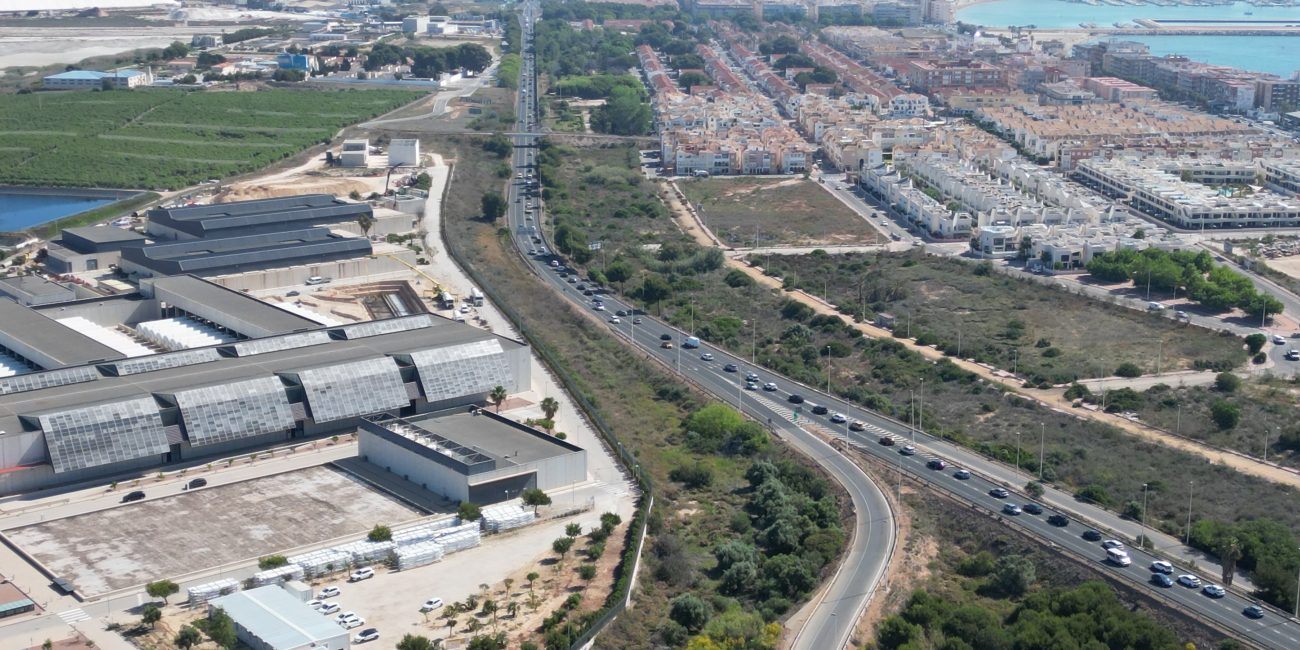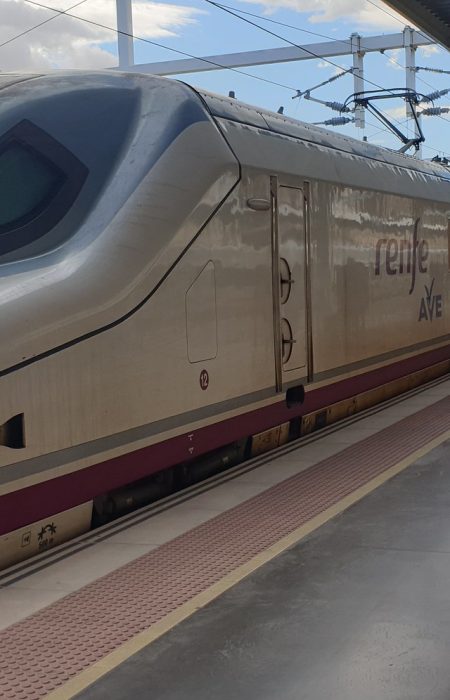Torrevieja City Council has approved the environmental assessment of the Villa Amalia partial plan modification, in which the residential development company proposes to build 16 blocks with up to nine floors and a ground floor on the remaining residential land in the urban development plan – each 28 metres high – as opposed to the current typology of a ground floor and three floors at most.
The Urban Planning Department, led by Mayor Eduardo Dolón (PP), has authorised the request, but there is still a large administrative processing step to complete with the new construction project. This is despite the lack of a favourable evaluation from the General Directorate of Coasts, which emphasises the screening effect of buildings along the beach and argues that they are not justified in this instance.
The corporation defends the upward growth, claiming that it creates space for communal areas and pedestrian paths. Furthermore, it claims that there are already buildings of the same or higher height in the surrounding area near the sea. The developer claims that the buildable area (the completed area in square meters of houses) does not increase between the originally proposed typology of one and two floors and the 16 buildings. This is correct, but building taller will almost certainly increase the total number of dwellings available.
It also awaits final approval from the Ministry of Transport’s Highway Department, which is in charge of widening the N-332 highway and has postponed approval until the full development project is completed, as the new towers would be on the sea side of the N-332 and directly oppossite the desalatination works.
An agreement without explanations
Federico Alarcón (PP), the councillor and secretary of the governing board who consistently delivers timely reporting on the board’s decisions, alluded to this agreement on Monday, restricting it solely to an issue emerging from the influence of the planned enlargement of the N-332 highway on urban development. Despite being questioned by the media about the technique and its ramifications, he made no mention of the report-validated shift in construction type.
The developer of the Villa Amalia residential complex submitted this significant change to the draft plan for Torrevieja City Council to complete an environmental evaluation. The developer requested major changes, which the plan promptly accommodated.
From Road Restrictions to Real Estate Opportunities
The construction business wants to remove the three residential plots that are now included in the development project along the N-332, to the west of the sector, and focus the growth potential on other residential plots inside the plan itself, which consists of 16 blocks. This 216,000 square metre development project connects the southern urban region to Avenida de Desiderio Rodríguez, the N-332 bypass, Calle Ramón Rubial in the El Paraíso residential district, and the CV-95.
The plan isn’t new. It was approved in 2005, during the height of the real estate bubble, as a reclassification of rural land not included in the General Urban Development Plan (PGOU). The real estate firm, which has already consolidated approximately half of the total residential development in the area furthest from the N-332 bypass with housing, supermarkets, and shopping areas, justifies its request by a subsequent legal change and claims that the road widening project prevents the construction of housing so close to a road with this traffic density—40,000 vehicles per day with a peak traffic of 60,000—due to the impact of noise pollution on the Prior to the approval of the urban expansion plan, the developer had already planned the road widening project, a bypass of the N-332.
The roadway
According to the Familia Lorca plan, the Ministry of Transport’s Highway Department’s initiative to double the N-332 bypass compels the developer to refrain from developing the land. The road’s widening was already planned in 2005, but the City Council and the Generalitat (Catalan government) authorised it, as did many others along the route.
The document now discloses that the Highway Department has opposed the implementation of this phase of the partial plan since 2010 because it would influence the highway’s width, which is only known from its proposed adjustment. Between 2015 and 2019, the municipal government, led by José Manuel Dolón, issued a public warning that it was rejecting authorisation.









No Comment! Be the first one.